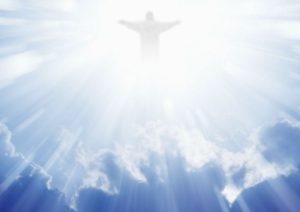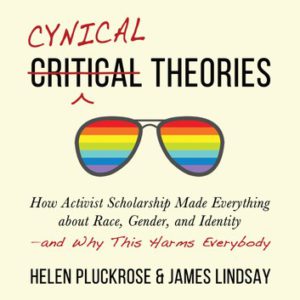
Mythological Christology
Some critics of Christianity assert that the doctrine of the deity of Christ was imposed on the church by Emperor Constantine during the Council of Nicaea (325 AD). Presumably, the early church in the first century began with a lower view of Jesus as an itinerant teacher and apocalyptic prophet of God. However, Jesus was gradually elevated to a higher status as Christianity spread through the Roman Empire. Christianity was loosened from its monotheistic Jewish roots when the new Hellenistic Christian communities surpassed the early Judaistic Christian community. A higher Christology evolved with adoption of elements of pagan religions. The result is the deification of Jesus Christ.
This theory has its roots in the “history of religions school” (Religionsgeschichtliche Schule) in Germany in the 19th century. The school extended its influence into the USA through the seminal works of Wilhelm Bousset, Kyrios Christos (1913) and Walter Bauer, Orthodoxy and Heresy in Earliest Christianity (1934). High profile scholars like Bart Ehrman are essentially theorizing from the framework of Bauer’s theory even as they speculate further that the deification of Jesus Christ was accelerated, purportedly under the influence of Jewish angelology. Continue reading “Historical Origin of Divine Christology. Part 1 – Apostolic Christology vs Mythological Christology”
